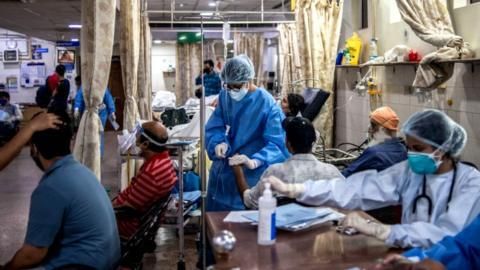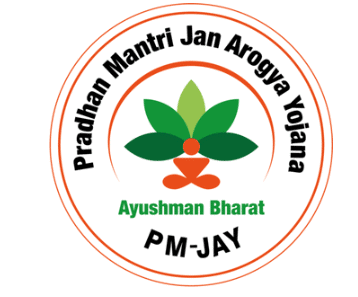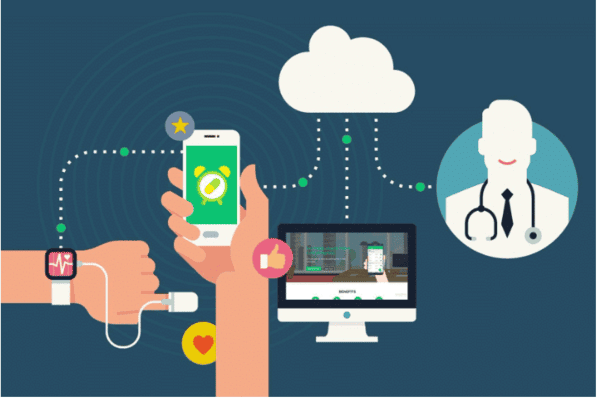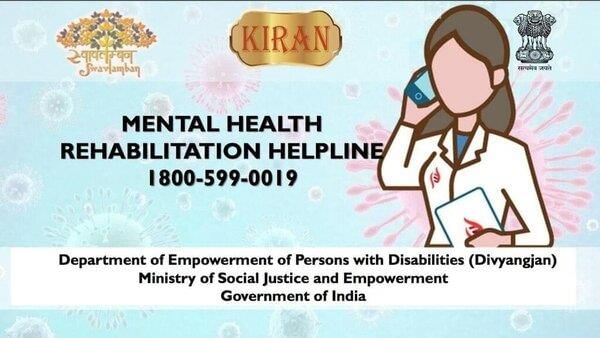|
True or False: India spends 5% of its GDP on healthcare, which aligns with the WHO's recommendation. |
Card: 1 / 30 |
|
Article 21 guarantees the right to life, which includes the right to health as per the Supreme Court. |
Card: 4 / 30 |
|
True or False: The Ayushman Bharat scheme includes only the Health and Wellness Centres. |
Card: 5 / 30 |
|
False; it includes both Health and Wellness Centres and the National Health Protection Scheme. |
Card: 6 / 30 |
|
What role does the Srinath Reddy Committee suggest for public spending in healthcare? |
Card: 7 / 30 |
|
The committee recommends allocating at least 70% of the healthcare budget to primary care. |
Card: 8 / 30 |
|
True or False: The National Health Policy 2017 emphasizes secondary healthcare over primary healthcare. |
Card: 9 / 30 |
|
Integrating medical knowledge with IT technologies to improve patient care and supervision. |
Card: 12 / 30 |
|
True or False: The National Digital Health Mission aims to digitize healthcare by connecting various stakeholders through digital platforms. |
Card: 13 / 30 |
|
Fill in the blank: The main types of non-communicable diseases (NCDs) include cardiovascular diseases, cancers, and ___ diseases. |
Card: 15 / 30 |
 Unlock all Flashcards with EduRev Infinity Plan Starting from @ ₹99 only
|
|
What is the main challenge faced by the Universal Immunization Programme in India? |
Card: 17 / 30 |
|
True or False: Multidrug-resistant tuberculosis (MDR-TB) does not respond to at least isoniazid and rifampicin. |
Card: 19 / 30 |
|
To provide early screening, first-aid, psychological support, and stress management for mental health. |
Card: 24 / 30 |
|
It provides protection to healthcare workers during epidemics and defines acts of violence against them. |
Card: 26 / 30 |
|
Cough lasting more than 3 weeks, chest pain, coughing up blood, fatigue, night sweats, fever, loss of appetite, and weight loss. |
Card: 28 / 30 |
|
True or False: The WHO's End TB Strategy aims for a 90% reduction in TB incidence rate compared to 2015. |
Card: 29 / 30 |





























